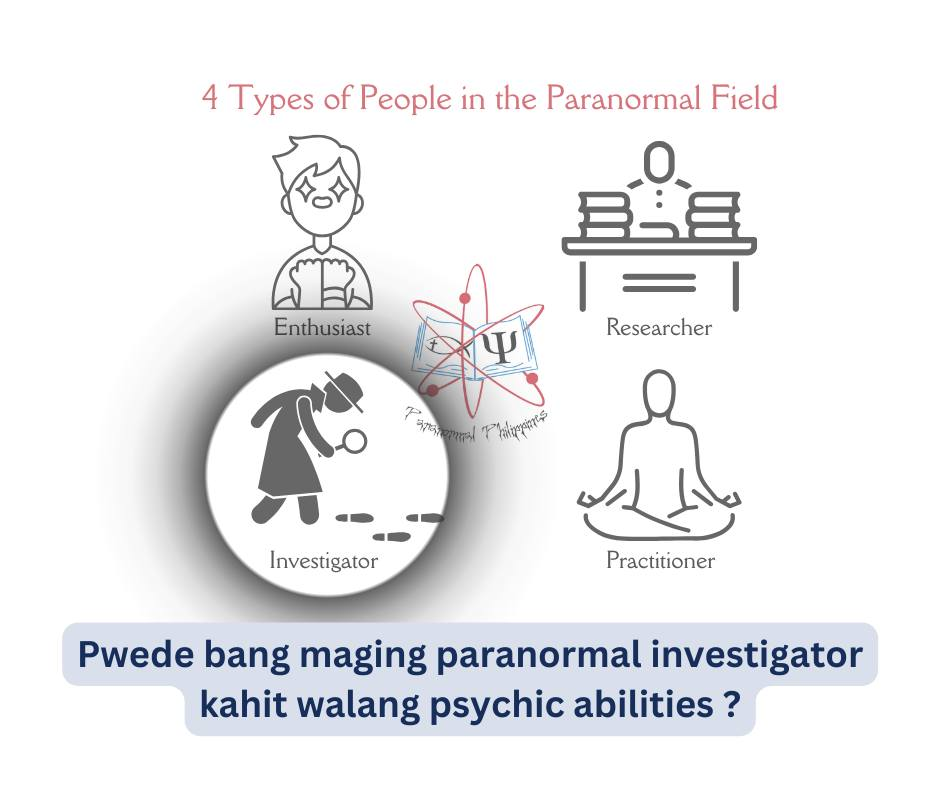Analyzing Sounds in Paranormal Investigation
 🏠 |
🧭 |
🏠 |
🧭 |
This is a summary of the Society for Psychical Research (SPR)'s guide to analyzing sounds during a paranormal investigation.
Purpose
-
Extract reliable info from audio recorded on-site or supplied by witnesses; preserve evidence integrity.
Preserve originals
-
Immediately make a working copy; store the untouched original safely (external drive/cloud).
-
Never edit the original file.
Forensic-style workflow
-
Create a folder per recording + a text change-log named to match the file.
-
Edit one parameter at a time (amplitude, filter, EQ, etc.).
-
After each change: save as a new file with a clear name and log exactly what you did.
-
This creates a reproducible audit trail of your analysis.
Third-party recordings
-
Ask the sender: why, when, where, what device?
-
Check filename pattern — odd or descriptive names (e.g., “ghostvoice.mp3”) can indicate editing.
-
Compare their account with any available metadata; if inconsistent, verify before trusting the clip.
Metadata
-
May include date/time, bit/sample rate, geotag, and user notes.
-
Useful for context and settings, but can be edited or erased — treat as helpful, not definitive.
Listening tests
-
Use blind tests: multiple independent listeners, headphones, no leading prompts.
-
Record responses (include “heard nothing” answers).
-
Avoid group/social-media crowdsourcing (opinion contagion).
Good practice & cautions
-
Don’t make random or heavy-handed edits (reversing, aggressive filters) — they usually mislead.
-
Keep an open, sceptical mind; truly anomalous audio is rare.
-
If you think something significant is present, seek expert review (e.g., SPR) before publicising.
Quick checklist
-
Original secured (external/cloud)
-
Working copy + folder created
-
Change-log started (one edit per file saved)
-
Sender details & context recorded for third-party clips
-
Metadata checked & noted
-
Blind listening tests done & responses saved
-
Expert review sought before publicity (if needed)




Comments
Post a Comment